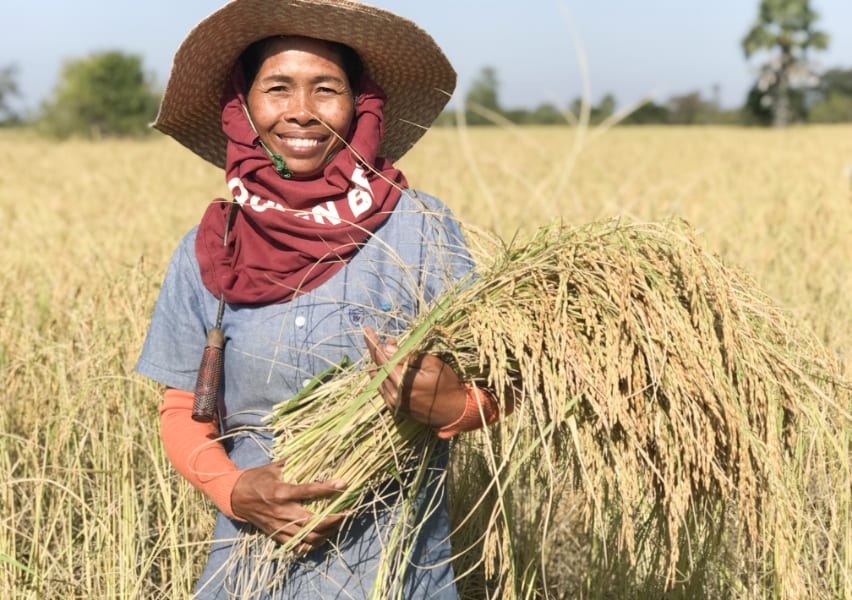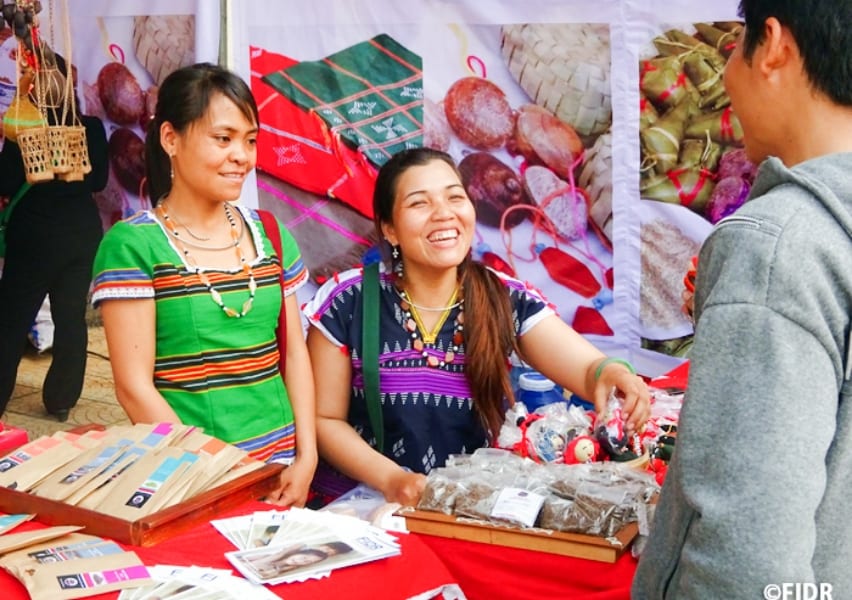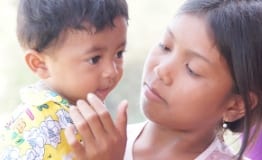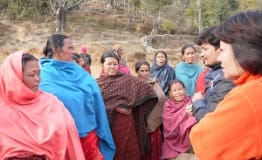PROBLEM
Young Lives That Could Have Been Saved Are Being Lost.
In addressing poverty, the field of healthcare is particularly important because it directly affects "lives".
The third of the 17 "Sustainable Development Goals" (SDGs), which aim to eliminate poverty through cooperation among the international community, is to "ensure the healthy lives and promote the well-being of all people of all ages".
Globally, the percentage of children who die before the age of five has improved significantly, from 93 out of every 1,000 in 1990 to 39 out of every 1,000 in 2018. However, in developing countries, where the access to appropriate medical care is limited, many children die everyday from illnesses and injuries that can be reliably treated in developed countries. The under-five mortality rate in these regions is more than 14 times higher than in developed countries, highlighting a significant disparity.
Under-five mortality rate is 7 times higher than in Japan
Poverty is not only an economic problem. It is a combination of various conditions, such as lack of a doctor nearby when they fall ill, lack of schools for those who want to study, lack of access to safe drinking water, and loss of the natural environment.
Under-five mortality rate (per 1,000 live births)


Comparison of under-five mortality rates between Nepal, Cambodia, Vietnam and East Asia and Japan (Source: WHO (2018))
The child mortality rate in Cambodia, Vietnam, and Nepal, countries where FIDR is active, is significantly higher than In Japan, the rate is approximately 3 per 1,000 children (0.3%), while in Vietnam it is 2.1%, and in Cambodia, it is 2.8%. In Nepal, the rate is 3.2%. This indicates that children in these countries are 7 to 10 times more likely to die at an early age compared to those in Japan. These figures are higher than in East Asia, including Japan, China, and South Korea.
Limited access to medical care
One of the reasons for the high mortality rates is limited access to medical care in these countries. Even illnesses and injuries that can be treated immediately in Japan can lead to loss of life due to lack of access to appropriate treatment. The situation is particularly severe in rural areas, as detailed below.
- Lack of doctors, nurses, midwives, etc. with appropriate knowledge and skills
- No medical facilities nearby
- Lack of equipment necessary for medical treatment
- Lack of people's understanding of health and sanitation
Number of health care workers (per 1,000 population)


Comparison of the number of health care workers in Nepal, Cambodia, Vietnam and East Asia and Japan (Source: World Bank (2018))
Compared to Japan, there are far fewer health care workers in these countries. There are 2.4 health care workers per 1,000 population in Japan, compared to 0.8 in Vietnam, 0.7 in Nepal, and 0.2 in Cambodia.
FIDR's Initiatives
Cambodia is one of the countries in Southeast Asia with the highest child mortality rates.
This country lost most of its medical facilities and medical personnel due to the civil war that lasted for more than 20 years from 1970, especially during the oppression of the Pol Pot regime from 1975 to 1979. Since 1980, with support from other countries, training of doctors and nurses and restoration of medical facilities gradually progressed, but there was no international support for pediatric surgery, which is a highly specialized field.
FIDR provides technical training for pediatric surgeons and nurses in Cambodia, based at the National Pediatric Hospital (NPH), so that children with surgical diseases in Cambodia can receive prompt and appropriate diagnosis and treatment and has been extending its impact to rural areas. Since 2017, we have been focusing our support on the northeastern region of Cambodia, particularly in Kratie Province.

Projects in Progress
Issues We Work on
- https://www.fidr.or.jp/english/issue/health.html

Health and Hygiene
- https://www.fidr.or.jp/english/issue/medical-care.html

Medical Care
- Nutrition(issue/nutrition.html)

Nutrition
- https://www.fidr.or.jp/english/issue/agriculture.html

Agriculture
- https://www.fidr.or.jp/english/issue/education.html

Education
- Industrial development in Southeast Asia and South Asia.(issue/industry.html)

Industrial Development
DONATION
Your generous donation now will have impacts
on children and communities in our fields.
















